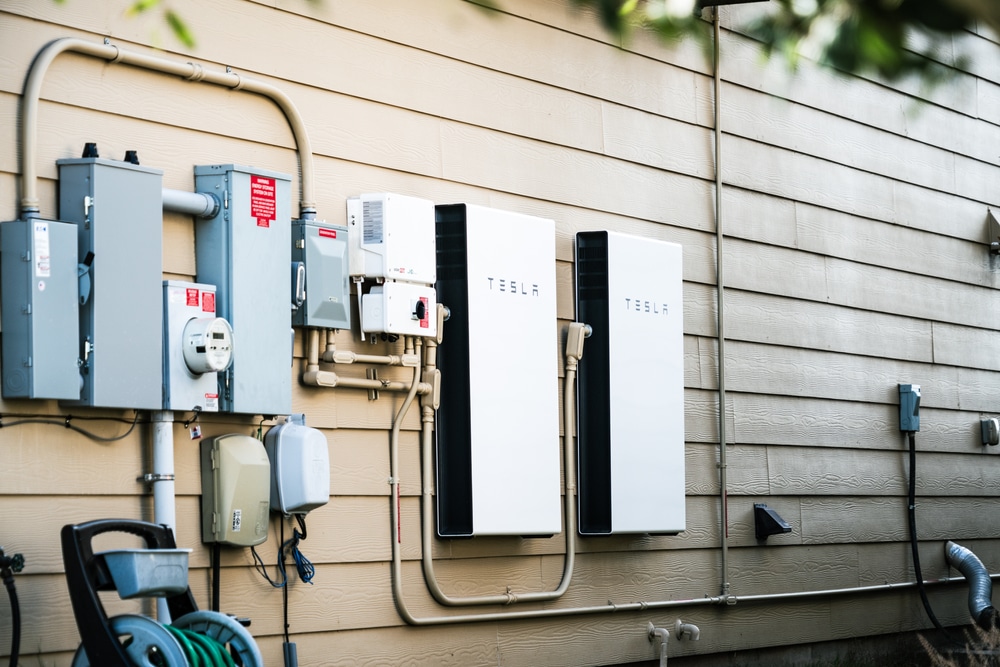Battery storage solutions have been a significant innovation for home PV systems. They allow users to store electricity that they can use at night, during peak periods and also when there are outages.

The Tesla Powerwall is the most well-known of these backup solutions. This was one of the first options to hit the market at an affordable price tag, while still being able to store up to a week’s worth of power.
The Powerwall has been a game-changer for the solar industry as they have supply gaps and enable homes and businesses to use renewable electricity night and day. It has also been credited for rapid solar uptake in recent years.
There is only one problem with the current crop of batteries – they can only be used at the premises. You can store power and use it in your own home, but you cannot export the energy. You have to wait for the battery to be fully charged, and for your panels to be giving your premises all the electricity it needs, before you can start exporting and enjoying credits.
The gravity-based battery has long been touted as the solution that would change all of that. Now Scottish start-up Gravitricity has announced that it has a fully operational model ready to take to market.
What is a gravity battery?
The lithium-ion battery has cemented itself as the option of choice for solar batteries, along with smartphones and electric vehicles. They have constraints, though, and the world’s lithium and cobalt supplies would not be enough to meet the rising demands from the renewable energy and transport sectors.
The premise of these batteries is simple and does not use rare materials to construct. When the sun is shining, enough power is generated to lift a heavy object. When there is no sun, this object will slowly descend through gravity, operating a generator that converts that potential energy into stored electricity.
It is very similar to pumped hydroelectric energy storage (PHES), which uses the downward flow of water to power a generator which then pumps the water back uphill.
This has been a technology long hypothesised for use in solar systems, but the technology has never really evolved – until now.
Gravity-based technologies are set to become a reality
Gravitricity announced in late April that it has a prototype gravity-based battery that is fully operational. Not only does it provide a chemical-free alternative to home batteries, but it is also allegedly capable of drawing power from the grid, then sending it back in just seconds.
This technology will provide far more flexibility for solar owners, enable renewable energy to be used around the clock, and ease pressure on the current networks. The current pressure has been flagged as a significant problem by the Australian Energy Market Commission (AEMC) in recent weeks.
Swiss company Energy Vault has also begun constructing test gravity-based structures that they hope will lead to commercial deployments in 2021.
Get a quick solar quote, or contact us today on 1800 EMATTERS. You can also email our friendly team for expert, obligation-free advice.











































